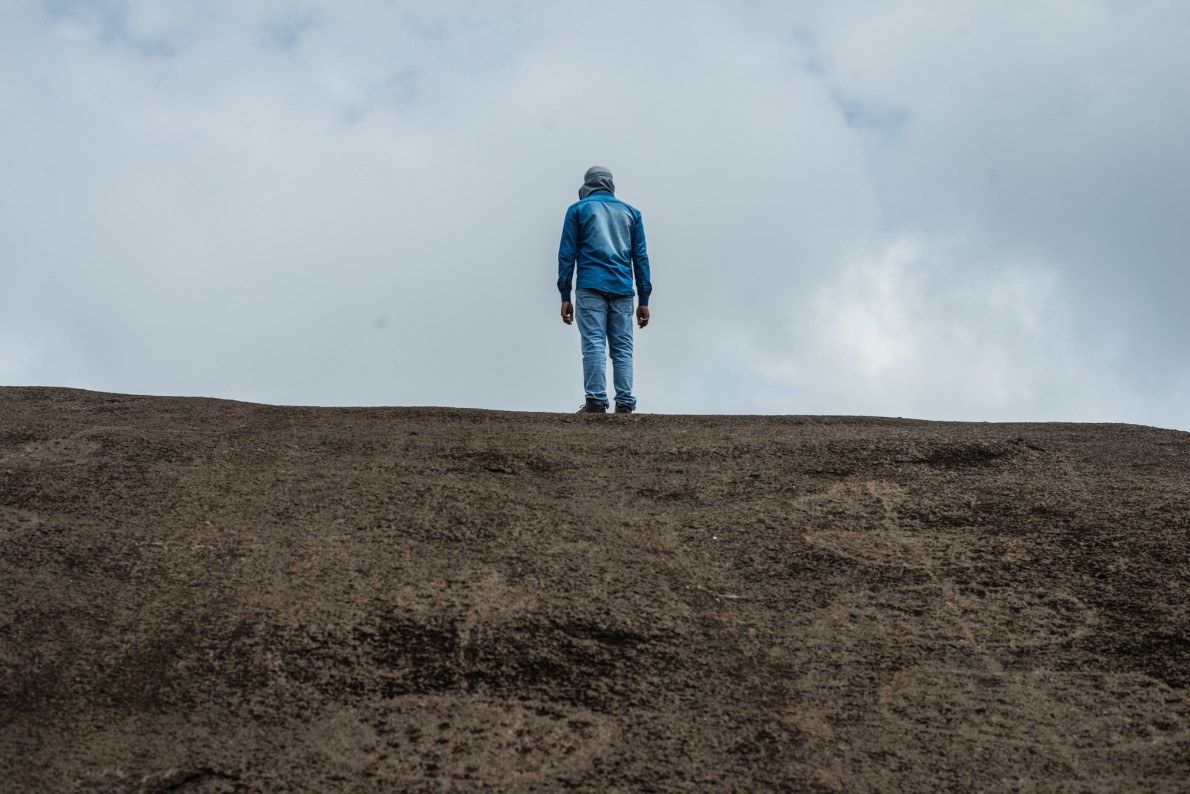July 05, 2019 | National Geographic
A trail of hundreds of rock carvings runs through the Black Stone granite formation in Paranaíta. The black moss-covered slab rises thirty-seven meters above a patch of forest in the southern Amazon, in the Upper Tapajós, in Mato Grosso.
The landscape looks like it comes from science fiction. Rain collects in dark ponds in the soil that mirror the sky and are surrounded by tiny flowers. Panels with petroglyphs of up to 40 meters in size bring to mind images of dancing human bodies, shooting stars, animals and diverse geometric figures. The scorching sun adds to the feeling of hallucinations for visitors.
